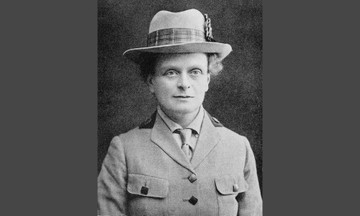Posted by Maris on 4th Mar 2024
12 Scottish Women from History You Should Know
A cursory look at any list of well-known Scots will frequently reveal a strong gender bias in favor of men. This should come as no surprise in many respects, since these lists are frequently compiled from outdated historical texts that were published during an era when women's accomplishments were carelessly disregarded in favor of white men who all seemed to have enormous moustaches. We showcase a few remarkable Scottish ladies here who truly deserve more recognition.
Lady Agnes Campbell
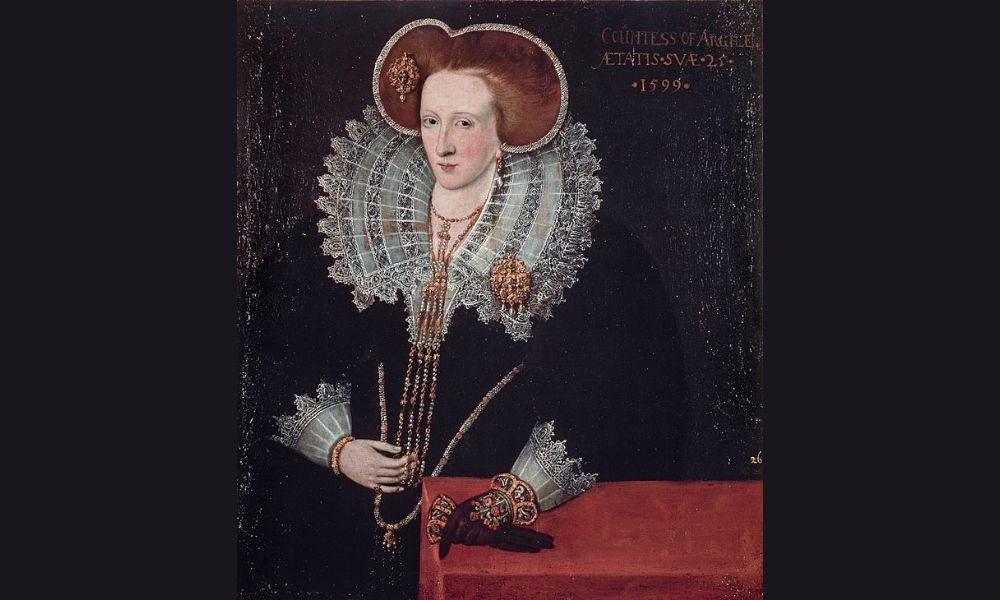
William Wallace, get over it! A 16th-century noblewoman, Lady Agnes Campbell was highly educated and unafraid to put her education to use. She was nurtured in a world of political intrigue and cunning, and she spoke multiple languages, including Latin. Her first marriage ended when her spouse passed away in an Irish prison. Agnes later married the Irish chief's heir, who had previously captured her first husband. She brought an army of 1,200 Clansmen with her, and she led them in combat. She led her forces against the English, and she did so admirably, winning the admiration of both allies and foes.
The Edinburgh Seven
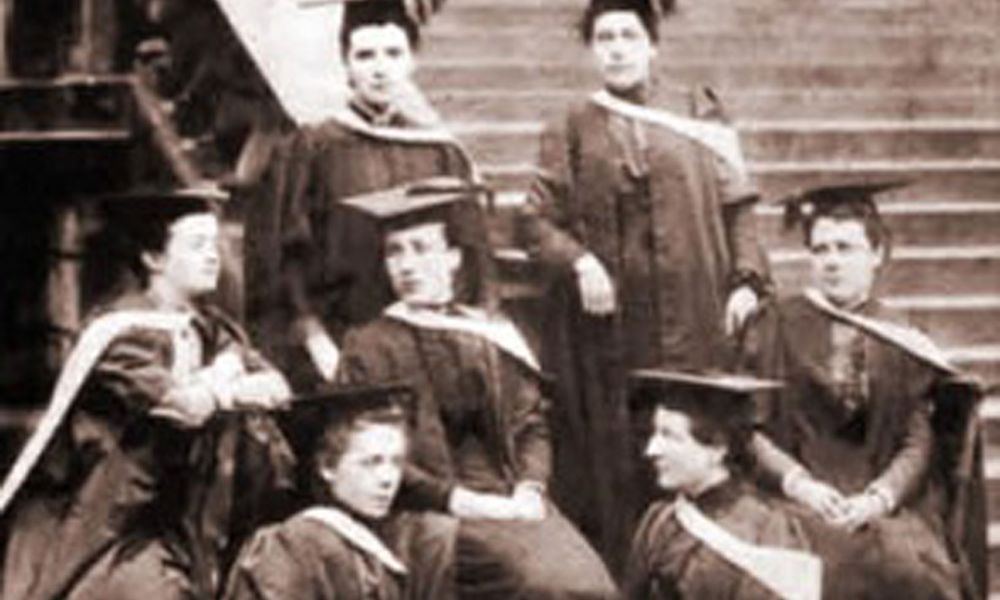
The first of its kind to graduate from a British university were these seven ladies. They had an enormous task ahead of them as medical students in Edinburgh, with the university and the larger community working against them. A group of male instructors incited animosity, and when the seven arrived for an anatomy exam in 1870, they were met with an intolerant and mocking audience that pelted them with dirt and trash. This escalated the situation physically. They refused to back down during what became known as The Surgeon's Hall Riot, and even though they received backing from other students, the press, and even a certain Charles Darwin, they were ultimately informed that they would not be allowed to graduate. Even to this day, many others have been inspired by their fortitude and dignity in the face of adversity. One illustration of this is the fact that Edith Pechey, one of the seven, is honored in the name of the Medical Teaching Organization of the University of Edinburgh's Medical School's Twitter account. The others were Isabel Thorne, Helen Evans, Sophia Jex-Blake, Helen Anderson, Emily Bovell, and Matilda Chaplin.

St Margaret of Scotland
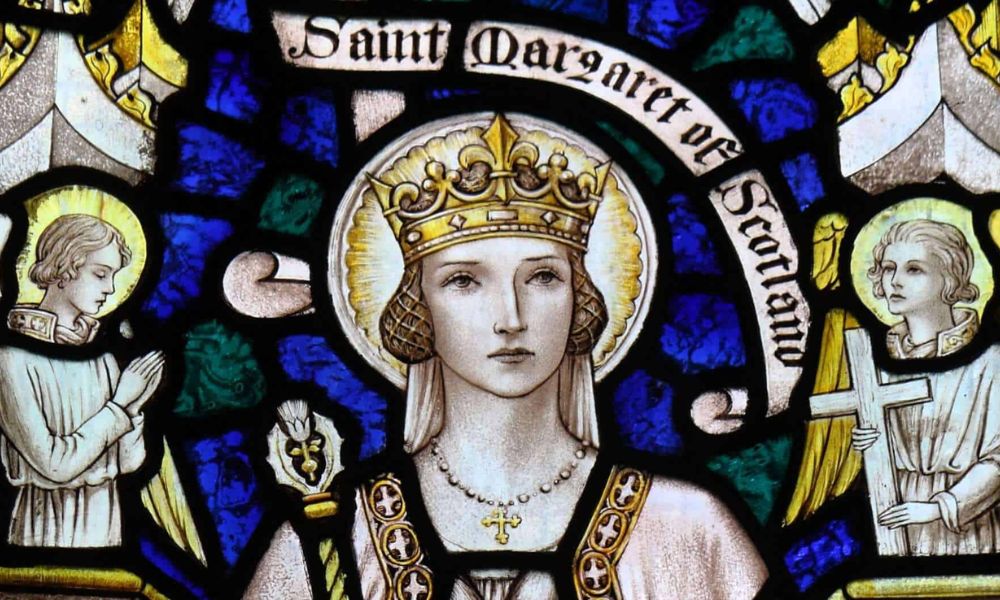
Margaret, an English princess, was raised in exile at the court of Hungary. A devout woman since her early years, Margaret went back to England in 1057 since her father was a legitimate heir. Regretfully, he passed away soon after arriving, but Margaret remained at court, where her brother was being discussed as a potential monarch. Margaret and her family eventually made the decision to escape to the continent following the Norman conquest in 1066. But a storm seized their ship, pushing it north to Scotland. It was here that she met and wed Scotland's King Malcolm III. They produced two daughters, one of whom married Henry the First of England, and six sons, three of whom rose to become kings of Scotland. Margaret became Saint Margaret 157 years after her death thanks to her piety and reforms of the Scottish church. Margaret's holy head was reportedly used by Mary, Queen of Scots, to assist her in giving delivery!
Flora MacDonald
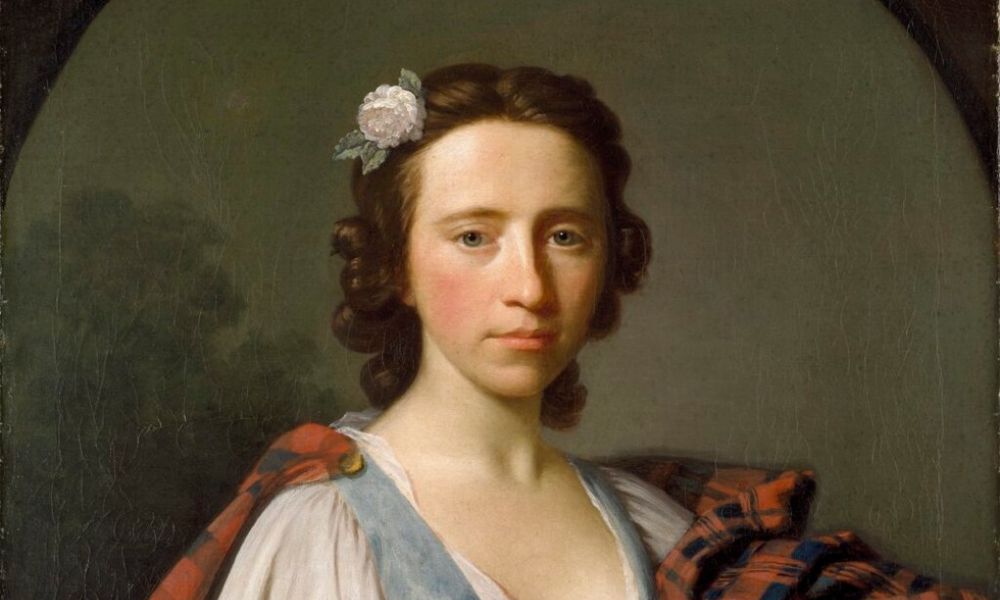
The lyrics of the Skye Boat Song, which serves as the soundtrack for the film Outlander, are well-known to people all over the world, but perhaps less people are aware of Flora MacDonald's daring scheme to elude capture and her exciting life that followed. MacDonald disguised the Prince as a woman and they rowed from the little island of Benbecula to Skye after he left the Scottish peninsula in 1746 after the defeat at Culloden. Unfortunately, the oarsmen talked about this event, and Flora ended up being taken prisoner by the English and kept in the Tower of London for a while. Following her release, she engaged in more adventures in colonial America during the War of Independence. While returning home to Skye via boat, she was also injured in a privateer attack. The starting and finishing points for the North Coast 500 are now marked by the bronze statue of Flora MacDonald outside Inverness Castle.
Elsie Inglis
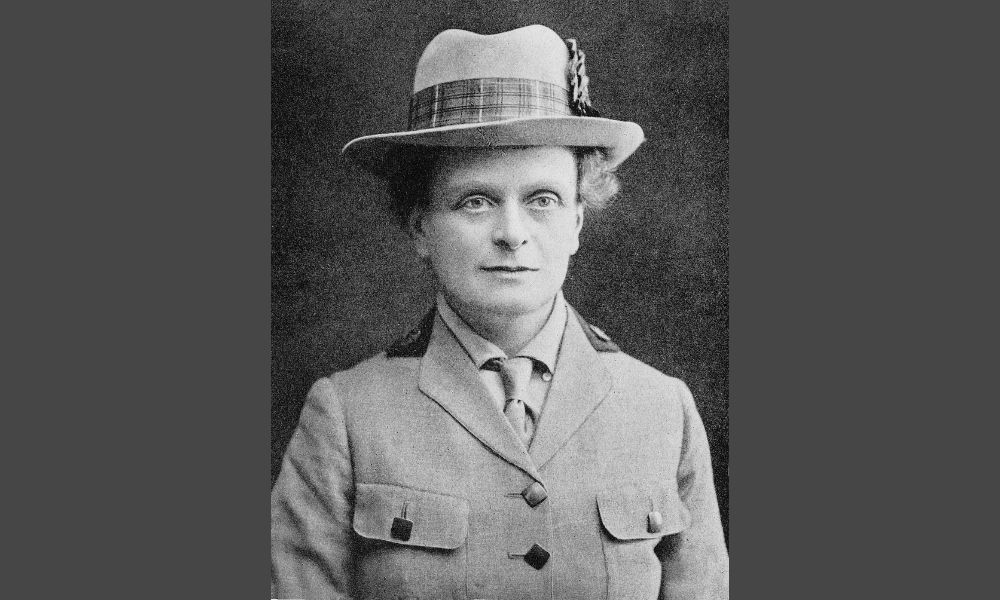
Elsie Inglis established her own medical college and subsequently a maternity hospital for the impoverished of Edinburgh, located on the Royal Mile, after attending the Edinburgh School of Medicine for Women, which was founded and was administered by Sophia Jex-Blake, one of the Edinburgh Seven. Leading the suffragist (as opposed to suffragette) movement, Inglis always faced strong male resistance. The most well-known instance of this occurred when she attempted to organize a women's medical unit to serve the allies in the First World War, only to be advised, "My good lady, go home and sit still," by the War Office. Thankfully, Elsie Inglis remained unfazed and proceeded to establish strong bonds with authorities in France, Serbia, and Russia, where she diligently worked alongside her nursing teams. She was once taken prisoner and transferred back to the UK, but she later had to return home since she knew she had cancer and had to fight again. Her burial in Edinburgh was a well publicized event, and she has been honored on a £50 note from Clydesdale Bank in recent years.

